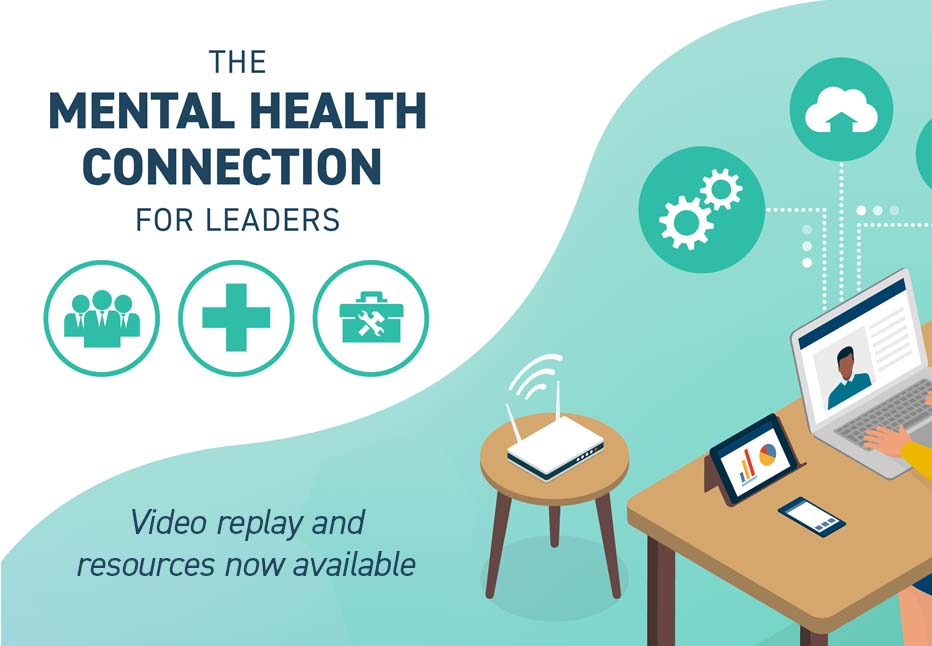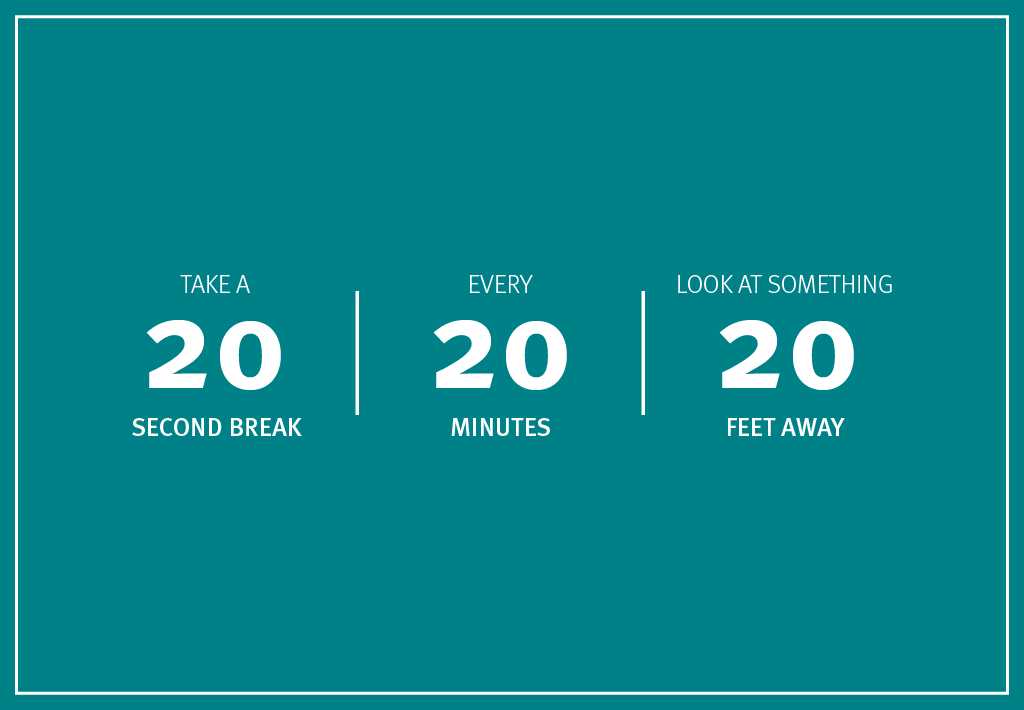
ARTICLE RECAP: The Mental Health Connection for Leaders
Self-care can quickly take a back burner when you’re living amidst a global pandemic and have had to deal with sudden changes to work, childcare, and other aspects of your day-to-day life. The Mental Health Connection for Leaders, a UHA Health Insurance webinar held on August 12, emphasized the importance of wellness and self-care, especially during these trying times.
UHA Medical Director Dr. Kathleen Kozak, MD; ChangeWorks Counselor & Clinical Consultant Heather Pierucki, LMHC; and UHA Senior Workplace Wellness Advisor Mike Story shared their expertise and recommendations for incorporating wellness into your life, and the lives of your employees.
Remember that employers are uniquely positioned to help employees live a healthy lifestyle and investing in mental health pays off. Healthy workers make for happier, more productive employees — health equals wealth for both the employer and the employee.
Learn what being mentally healthy means, and how to gauge mental health in your employees. Everyone experiences stress, but there is a difference between typical stress and burnout.
- When a person is experiencing stress, they may be over-engaged and have over-reactive emotions. He/she often feels urgent or hyperactive, as well as physically heavy.
- Stress can lead to burnout, which causes disengagement, blunted emotions, feelings of helplessness or hopelessness, and a loss of motivation and hope. When a person is burnt out, they feel an overwhelming sense of physical and emotional exhaustion that involves a sense of reduced accomplishment and loss of personal identity. Burnout can lead to depression and detachment.
Look for these symptoms of burnout…
- In your staff:
- Feeling tired or drained
- Feeling as though every day is a bad or rough
- Feeling as if nothing they’re doing is impactful
- Feeling that caring about work or home life is a waste of energy, and their job is just a job
- Withdrawal behaviors
- Frequent missed days of work
- In yourself:
- Impatience
- Feeling like a failure
- Self-doubt
- Avoidance
- Feeling helpless or trapped
- Isolation
- Leaving early or arriving late
If you suspect burnout, ask yourself the questions below, or have your employees reflect on these queries:
- What might help me move through this challenge more efficiently?
- How might I change to implement or influence this change process?
- What else is required to make this happen?
- What needs to be in place?
Remember to be responsible and responsive. Communicate with your team regularly and respect the fact that everyone is going through a “new normal,” and deals with challenges in their own way. Rather than asking how your team is doing, frame questions in a way that encourages deeper discussions — ask what is going well, or what has been challenging. Offer your help and remember that sometimes, employees don’t necessarily need help or a solution to an answer; they simply want a listening ear.
Maintain a consistent connection with your employees by:
- Refusing isolation. Your team may be working remotely, but they should never feel alone.
- Being reasonable. Remember that everyone is currently navigating unknown waters, and each person will deal with challenges differently and in their own time.
- Avoiding miscommunications. Be clear about what is expected and check in regularly.
- Limiting negativity. Instead, build your team up as much as possible.
- Sharing confidence as well as fears. When possible, have deeper discussions that aren’t just surface-level, work-related conversations.
- Making time and creating space. Schedule regular check-ins and/or make sure your employees know you are available.
When it comes to detecting burnout in yourself, be aware of what you are experiencing and seek help if needed. As a leader, it’s up to you to set an example for your employees. If you are seeking help, they will feel comfortable doing the same. Be empathetic to what they may be experiencing and provide them with a comprehensive list of resources. Though we are all social distancing, we are still connected — and telemedicine provides necessary care despite physical barriers. It’s readily available, confidential, and easily accessible. UHA educates our members to make sure they understand when telehealth makes sense and when a personal visit to a physician might be the better option. Choosing the right service results in the best outcome for the patient. Ensure both you and your employees know how to seek telemedical therapists, psychologists, psychiatrists, and support groups.
Though telemedicine and other resources are vital, there is no “one size fits all” solution to keeping you and your employees healthy; remember that your ongoing goal is to create an active process of making choices — and helping your workers make choices — toward a healthy and fulfilling life.
You’ll find that work/life balance isn’t about splitting time evenly or even managing time more wisely. Rather, it is about having better boundary management. Choose your priorities wisely, and free your time from existing commitments that are not a priority.
Lead by example, and remember:
- You are strong and capable. You can do this!
- It’s OK for you and your team to lean on each other.
- Listen to your team and hear what they are telling you; read between the lines of what they are not saying.
- Alter yourself first: Do you need to change your perspective/ get right/ take a break?
- Ask questions.
- Listen.
- Be present.
- Make a plan.
For more information about living a healthy lifestyle, call 532-4014 or visit uhahealth.com.



